Want a cheap laptop? These are the 3 best options for students
There are no shortage of choices when it comes to choosing a new laptop – but here are three great options, at great prices

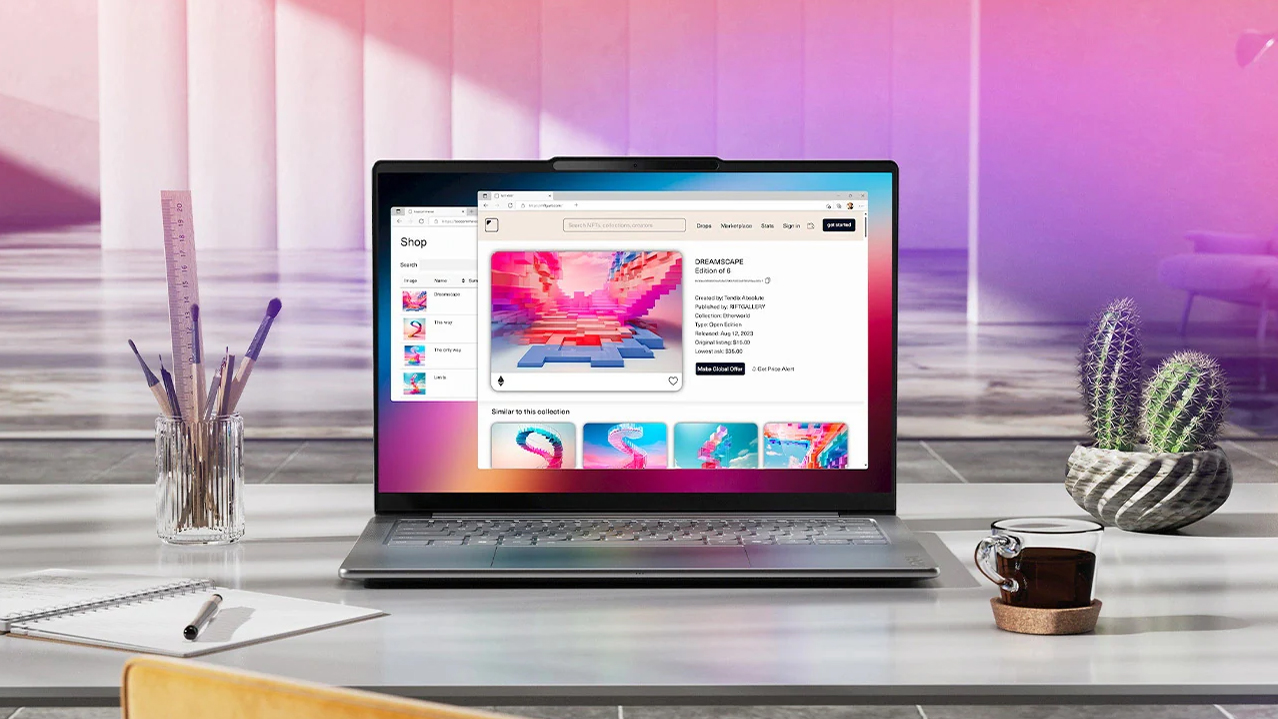
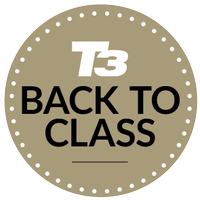
Buying a new laptop can be confusing, as there are so many decisions to be made. Do you want Windows for the most universal compatibility, Apple for the power and premium hardware, or will you need to run specialist software as part of your course?
I've been a technology journalist for nearly 20 years – and during that time I've used hundreds of laptops, across all platforms. While it's some time since I was a student, I have a university-age child, so I've been through this buying process myself recently.
The most important thing will be to have a laptop that does everything you need it to through your education. For most students, the majority of time will be spent on general computing tasks – word processing, browsing, online lectures – while portability and battery life will also be important.
Many universities (in the UK at least) advise that Chromebooks aren't suitable as a main computer and using an iPad or phone isn't a substitute. Some go as far as recommending things like 16GB of RAM, a webcam and an HDMI connection. The advice is to have a recent Windows or Apple computer, but that doesn't mean you have to buy the most expensive option out there.
Here are three top devices that should cover all your baseline student needs – and come personally recommended from an expert in the industry.
T3's Top 3
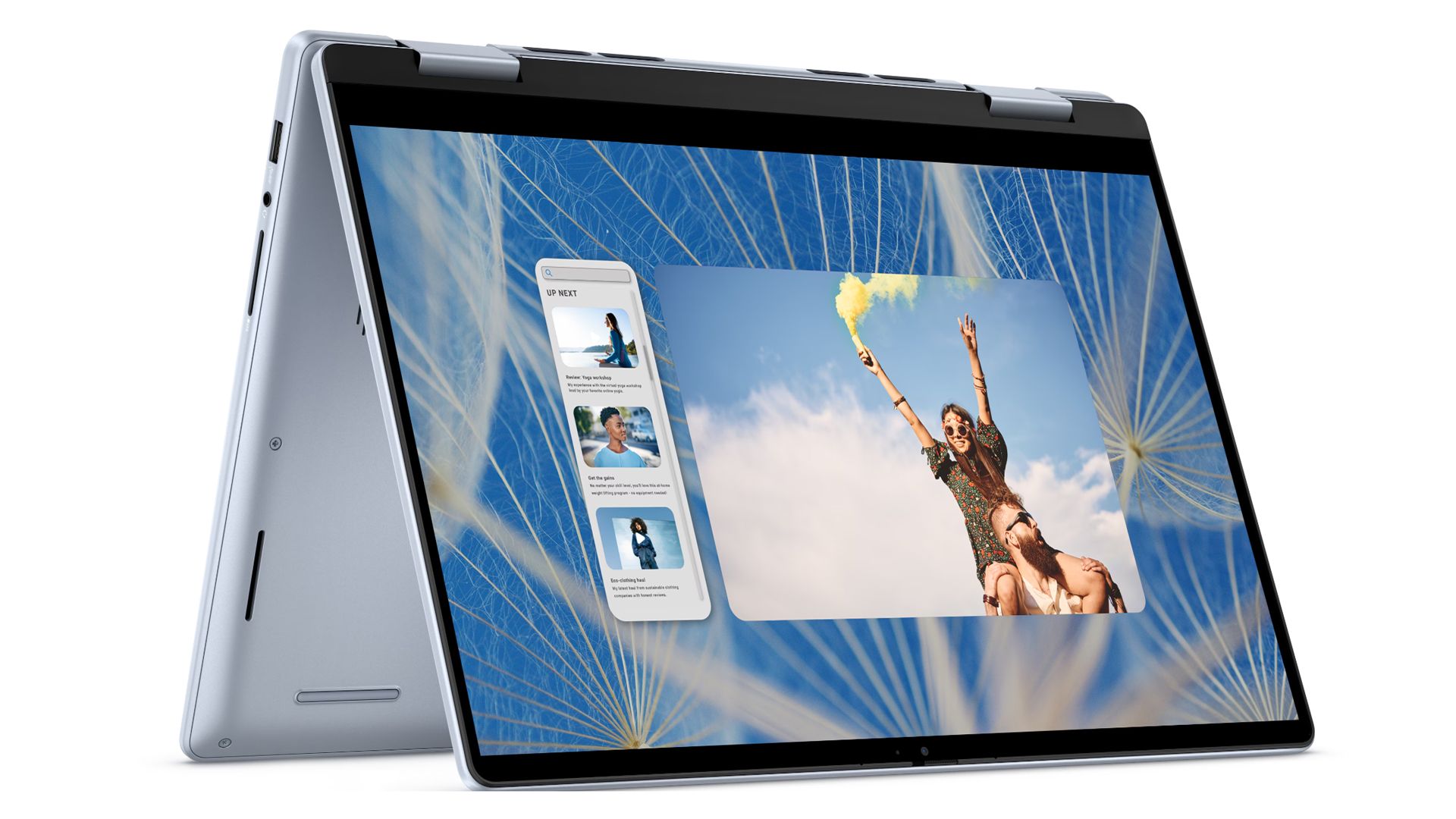
Dell needs little introduction, offering a huge range of Windows laptops, but with a good reputation for getting the basics right. The attraction of this 2-in-1 is that it's one of the most affordable touchscreen Windows laptops available. There's a wide range of hardware configurations available, starting at Intel Core i5 and stepping up to Core i7. The 14-inch display, integrated webcam, and a full range of ports for connectivity, make this a winner. The downside is that the display isn't hugely bright.
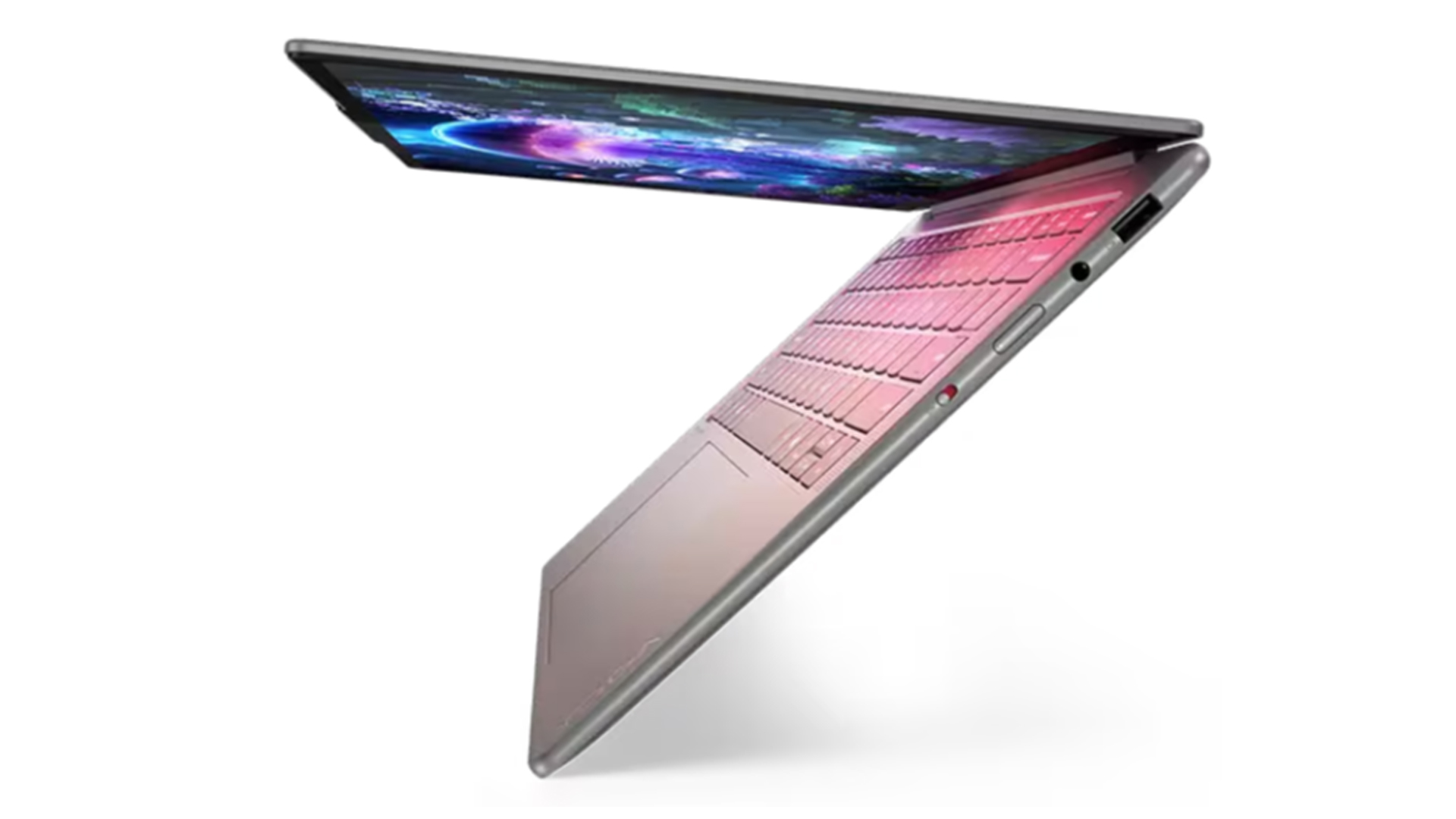
The Lenovo Yoga Slim 7i comes in many guises, with the 14in Aura Edition packing in the power thanks to the Intel Core Ultra 5 hardware and CoPilot+ skills. Like Dell, Lenovo is a huge Windows laptop manufacturer, with the Yoga range pitched at consumers. There's a lovely keyboard action and great trackpad, with a bright OLED display that gives really rich visuals. It also has a full range of connections, so is convenient for day-to-day use. The battery will last up to about 14 hours.
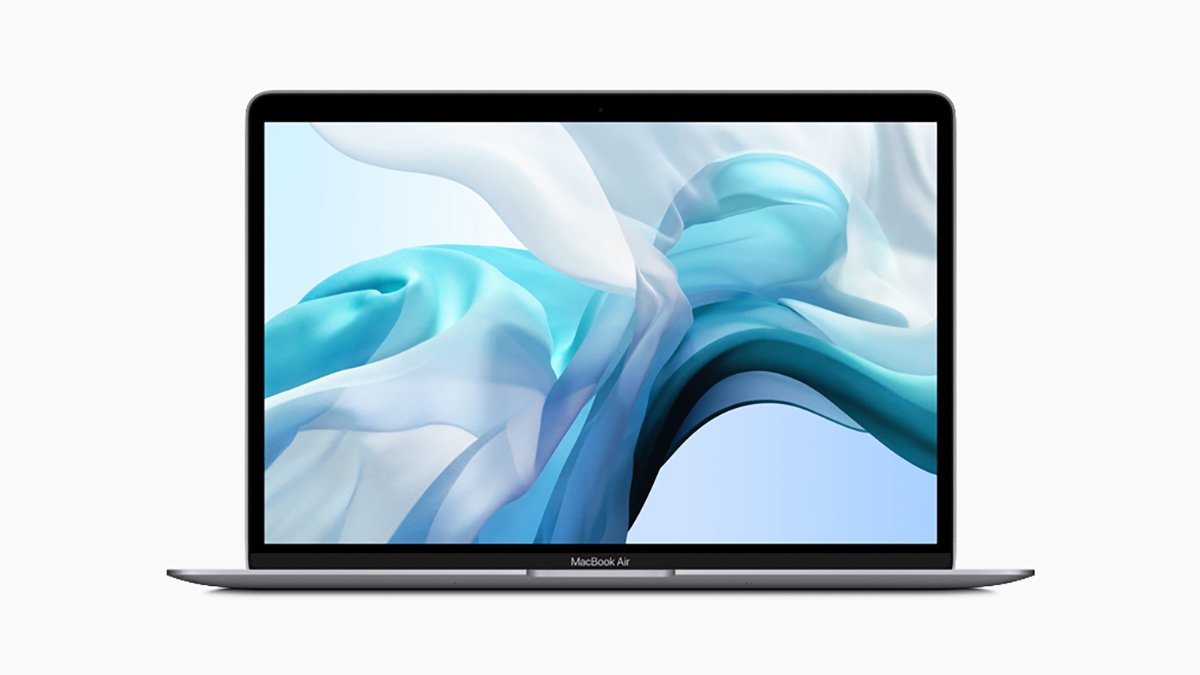
Apple offers a number of laptops, but the most affordable is the MacBook Air 13 – colleges and campuses are packed with them. It's nicely portable, has a great 13.6-inch display, hugely long battery life of around 18 hours, and it's stuffed with M4 power. There's a great keyboard and trackpad, and if you're an iPhone user then plenty of features make working between those devices smoother. There are options to boost the storage and RAM, but those are expensive, and the connectivity is restrictive.
Dell v Lenovo v Apple: Pricing
Dell Inspiron 14 2-in-1
Dell's Inspiron range is synonymous with offering good value for money, leaving the premium arm to the XPS moniker. Be aware that Dell has recently changed its branding, so Inspiron models in this family were supplanted by the Dell 14 Plus 2-in-1.
The Dell Inspiron 14 2-in-1 7440 here is a little older (from 2024), but has that attractive £499 price, currently reduced from £649 with 16GB RAM and 512GB SSD. Ironically, the 8GB model is more expensive, so ignore that.
Get all the latest news, reviews, deals and buying guides on gorgeous tech, home and active products from the T3 experts
The Core 7 150U is £799, offering more power, but don't buy that, because the newer Dell 14 Plus 2-in-1 with Core Ultra 7 (i.e. the 2025 model) has a £200 discount and is currently £799 if you did want to step up on power.
Lenovo Yoga Slim 7i
This Lenovo Yoga Slim 7i launched in 2024, with Aura Edition referring to its smart modes designed to work with AI. But it's been discounted, with the 14-inch model currently at £856.10, reduced from £949, with Core Ultra 5 226V (15GB).
Lenovo offers options up to Core Ultra 7 258V (which is 32GB), for an extra £110. If you're picky about the display, the £40 option to move from the standard to a 2.8K display, at 120Hz and with 1100 nits peak brightness, seems like a good option.
Apple MacBook Air 13 (M4)
The Apple MacBook Air 13.6 (M4) is a 2025 laptop which costs £999, but you can get it for £879 from AO.com.
While most people wouldn't consider Apple a "cheap" laptop, if it's a MacBook you want, this is the model to go for.
Options to increase to the 15-inch model or to more storage (there's only 256GB here, half what you get in the other options), see the price ramp up quickly. Also consider Apple-certified refurbished, where you'll save £150, so it's £849.
Remember, too, that if you're a student then Dell, Lenovo and Apple all offer discounts, usually around 10%, while there might be special offers to consider too.
Dell v Lenovo v Apple: What's unique?
Dell Inspiron 14 2-in-1

While the experience of using the Dell and Lenovo laptops will be very similar – both running Windows 11 – there are a couple of features to look out for that stand these laptops apart.
Dell's big advantage is its touchscreen. It doesn't come with a stylus pen, but does support Wacom technology, so you can use an active pen. The hinge also allows a lot of flexibility, so you can use it in tablet or tent mode if you choose.
Touchscreen is also great for things like entertainment, hitting the controls rather than having to use some other input device – and sometimes it's just easier to reach out and move or select what you want, rather than having to use the trackpad. That display isn't hugely bright, however, at 250 nits.
Lenovo Yoga Slim 7i Aura Edition

The Lenovo Yoga Slim 7i is a lot more conventional in laptop terms, but here you're getting more power than you get from the Dell laptop, which is why it's more expensive.
It also features an OLED display, which means richer colours, so anything visual will have added bite to it.
You can have touch here too, but it's a £90 extra on top of a machine that's already getting more expensive – so if it's touch you want, speccing up the Dell could be a cheaper route to a more powerful machine.
The Lenovo uses newer and more powerful hardware than the Dell model above, which means it's a little faster and more capable – and with newer tech, it's more efficient too, so you'll get better battery life out of it.
That's going to be useful for long days of taking notes in lectures, plus that knowledge-cramming session in the library afterwards. But the MacBook will give it a good run for longevity...
MacBook Air 13 (M4)
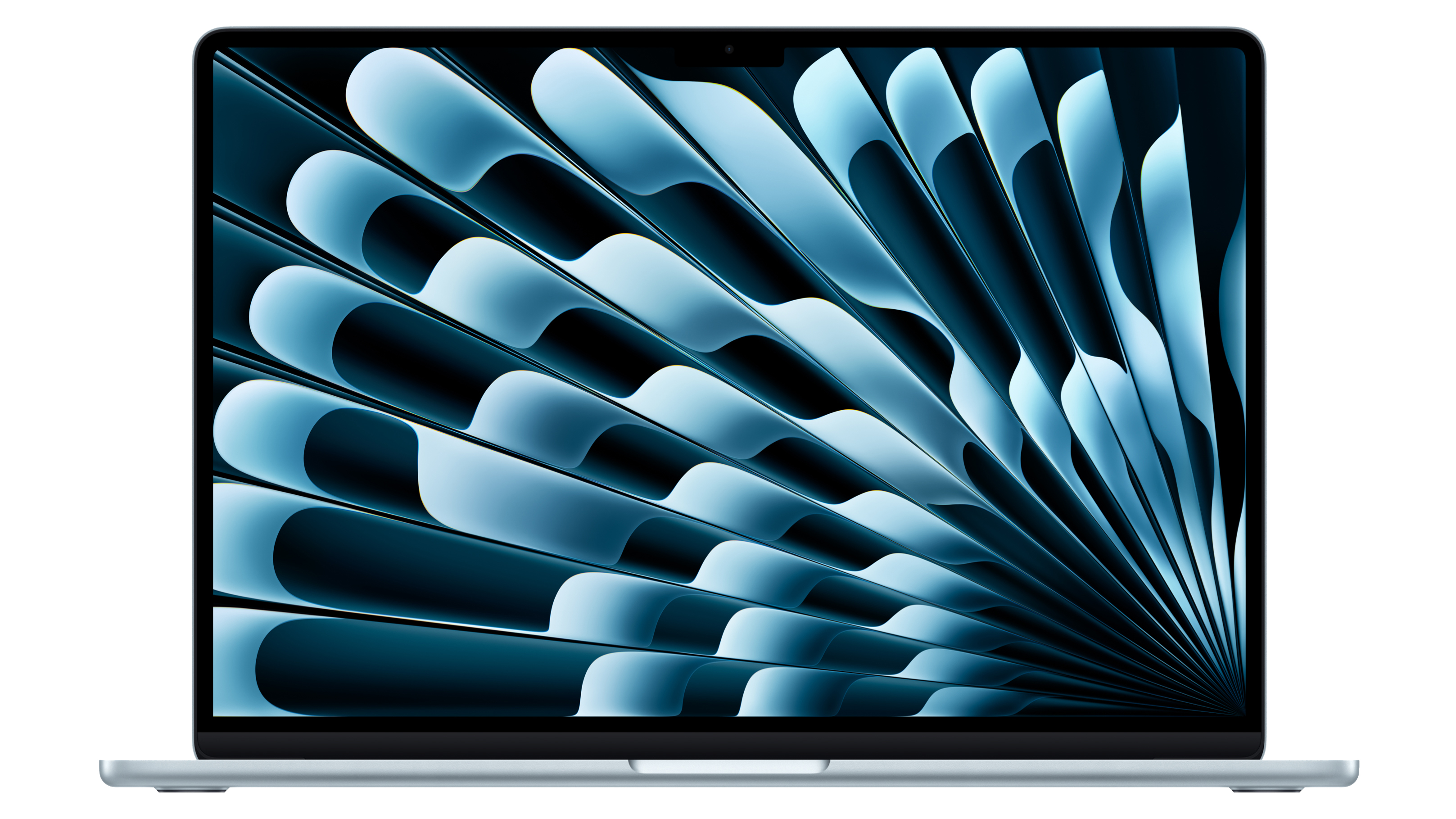
The MacBook Air is hugely popular with its iconic design. I know from experience that these laptops last a long time, both in terms of durability, but also from the massive 18 hours of battery life. That comes from software optimisations that Apple gains from controlling all the software and hardware in-house.
The display is also great and while it doesn't offer touch and it isn't OLED, it's vibrant and bright. Using the M4 chip, it's powerful, with the latest 2025 hardware from Apple.
The drawback of the MacBook Air is the connectivity: although the Thunderbolt ports that it offers support lots of formats, it's less convenient than having an HDMI or big USB-A, which both the other models offer. Expect to get yourself a dongle when you want to connect to, well, just about anything.
I'd recommend the 2024 M3 version too (which offers virtually the same experience), but that's now hard to find in stores.
Dellv Lenovo v Apple: Which wins?
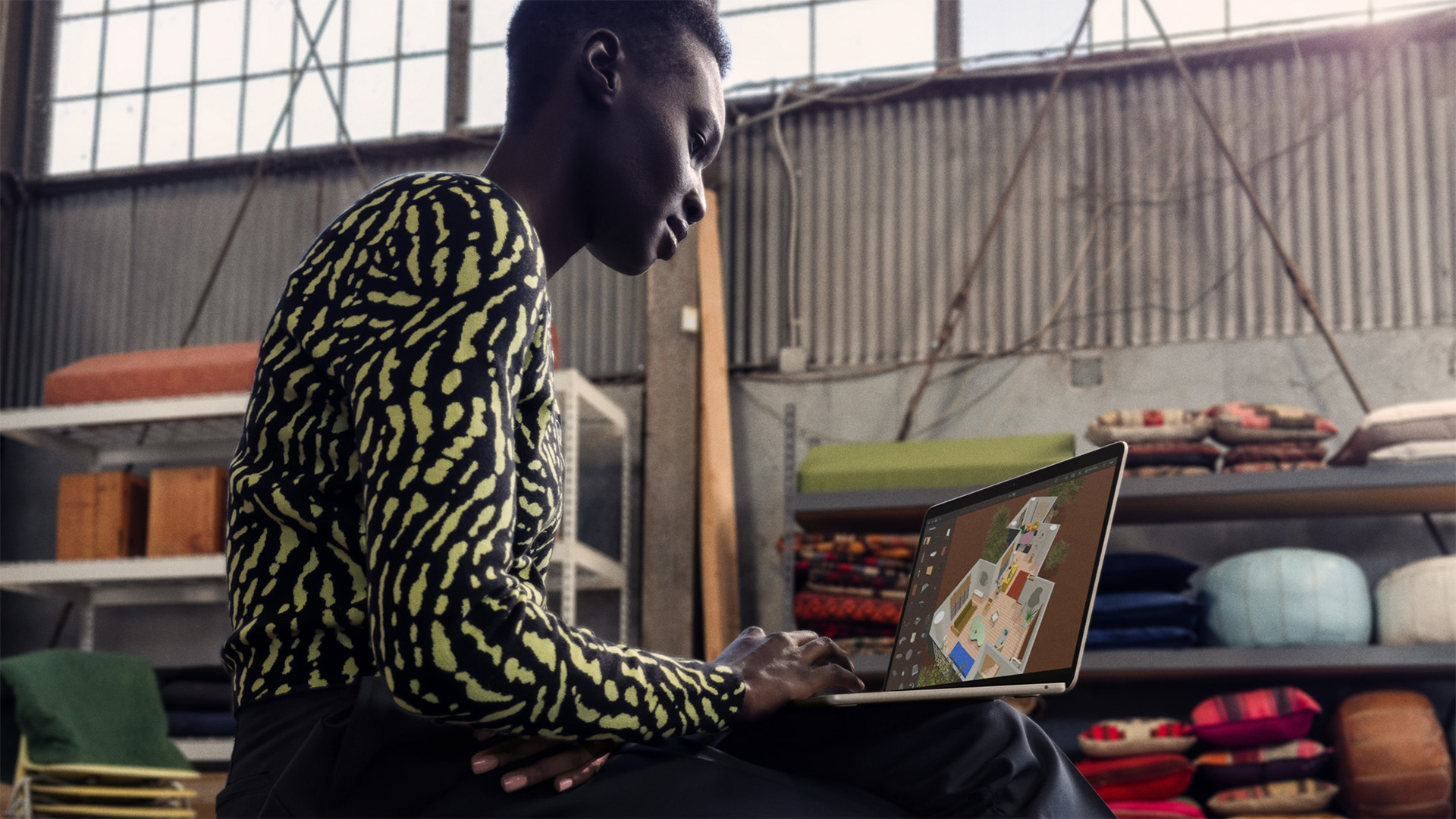
In terms of power and performance, the MacBook Air M4 is the most capable of these machines. Apple has done a really good job with its hardware and software optimisation to bring great efficiency.
That's why you'll be paying a premium – but this hardware will last and be supported by Apple throughout your education journey. The display is a little smaller and the connectivity is, well, a pain in the dongle, but this laptop is all about portability and endurance.
The experience of using the MacBook Air is very much defined by macOS. There's naturally a dovetailing between macOS and iOS (on your iPhone), including the convenience of things like AirDrop, a single Apple ID (with Apple Pay), Handoff, and more, but some might find it's less flexible and some niche applications might not be available.
Windows options shouldn't be discounted, of course. The sheer variety of hardware options (Dell has lots of models) and the unbeatable compatibility with legacy software (particularly if you're using Intel hardware, which both models recommended here are). There's slightly less of an ecosystem feel than with Apple, but you can get access to features at much lower prices (like an OLED display) or that Apple simply doesn't offer (like a touchscreen).
Back to my own decision-making, though, and I actually bought the Dell Inspiron 14 2-in-1 – simply because of the affordability factor and inclusion of that touchscreen, which ultimately is what my own student-to-be wanted, while offering portability and a good experience in day-to-day general computing tasks. The choice, though, is yours...
Honorable mentions
There are so many alternative options that could be included here, including many from our best laptops under £500 guide. While it's hard to recommend any other MacBook models because the price gets higher and higher (unless you need serious graphical power for your course's demands), there are plenty of other options for Windows buyers.
The Acer Aspire 3 is a great laptop at the affordable end of the spectrum, with a larger 15.6-inch display and Intel Core i5 power. You can expect to pay around £400 for it. Alternatively, the Dell Inspiron 15 sits in the same space. The larger display means these are bigger overall, more difficult to fit in a bag, and often heavier – but might be the compromise you want.
If you can spend a little more, then the Asus Zenbook A14 offers a slim and light build, an OLED screen, and powerful Snapdragon X1 hardware – you can now get it for around £900. That Snapdragon hardware means long battery life, but there might be some (minor) instances of unsupported software.
But, as I said in the introduction, it's important to make sure that you have a laptop that does what you need it to do – importantly running the applications you'll need. For many, that will just be office applications, but if you need more graphical power because you're running CAD software (for example), then one of the best gaming laptops with a discrete graphics card could give you boost you need.

Chris has been writing about consumer tech for over 15 years. Formerly the Editor-in-Chief of Pocket-lint, he's covered just about every product launched, witnessed the birth of Android, the evolution of 5G, and the drive towards electric cars. You name it and Chris has written about it, driven it or reviewed it. Now working as a freelance technology expert, Chris' experience sees him covering all aspects of smartphones, smart homes and anything else connected. Chris has been published in titles as diverse as Computer Active and Autocar, and regularly appears on BBC News, BBC Radio, Sky, Monocle and Times Radio. He was once even on The Apprentice... but we don't talk about that.
You must confirm your public display name before commenting
Please logout and then login again, you will then be prompted to enter your display name.